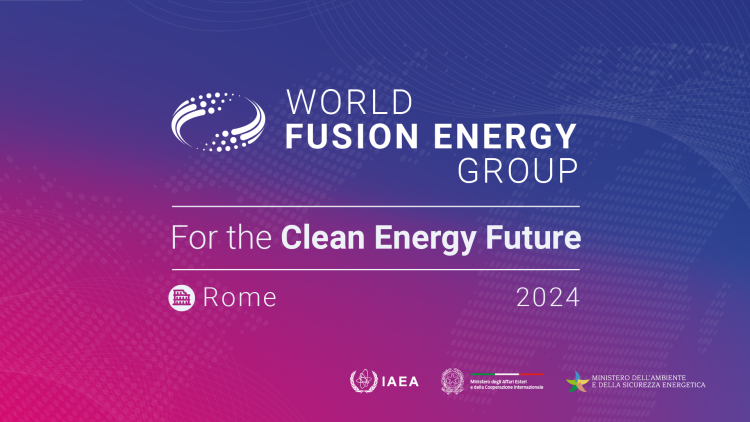Power cuts: It remains a cause of “serious concern for safety and security at Europe’s largest nuclear power plant [because Zaporizhzhia] needs electricity to cool its reactors and for other essential functions, even when all the reactor units have been shut down,” Grossi added. Following discussions with IAEA officials, plant staff worked on the backup electrical transformers, and two of the three are now operational.
“This means that if the main power supply through the 750-kV switchyard is lost, the backup line will automatically be able to provide electricity to the plant without manual, and hence delayed, intervention, provided it remains operational,” Grossi said. “This is a significant development, as it enables independence and redundancy in the site’s power supply scheme, even though the overall off-site power situation at Zaporizhzhia remains extremely fragile. This solution will only be effective if the 330-kV power line remains available, which—as we know from experience—is far from guaranteed.”
War time: IAEA officials visited Zaporizhzhia in July 2023, when Russia and Ukraine were accusing each other of staging an attack plant, Reuters reported. At the time, they reported no visible indications of mines or explosions. Recently, however, an IAEA team heard regular explosions from where they were stationed, some distance away from Zaporizhzhia.
Five of the plant’s six reactors are in cold shutdown, but the IAEA team is being denied access to the reactor halls of Units 1, 2, and 6—along with being restricted from the turbine hall areas of Units 3, 4, and 6 this past week.
Valve deposits: In a separate issue, the IAEA team walkdown of the safety system rooms of Unit 6 on December 22, revealed boric acid deposits on valves, a pump, and on the floors of several rooms in the containment building.
“The plant [workers] informed the team that the source of the leak is one of the boric acid storage tanks and that considering the small magnitude of the leak it is not planned to be repaired immediately, but rather as part of the planned maintenance of the impacted system,” according to an IAEA statement. “This type of leak can occur during the operation of a plant. However, this kind of event requires proper and timely attention, investigation, and response from the operator to prevent further and potentially more severe safety implications. The team will closely follow developments regarding this issue.”









